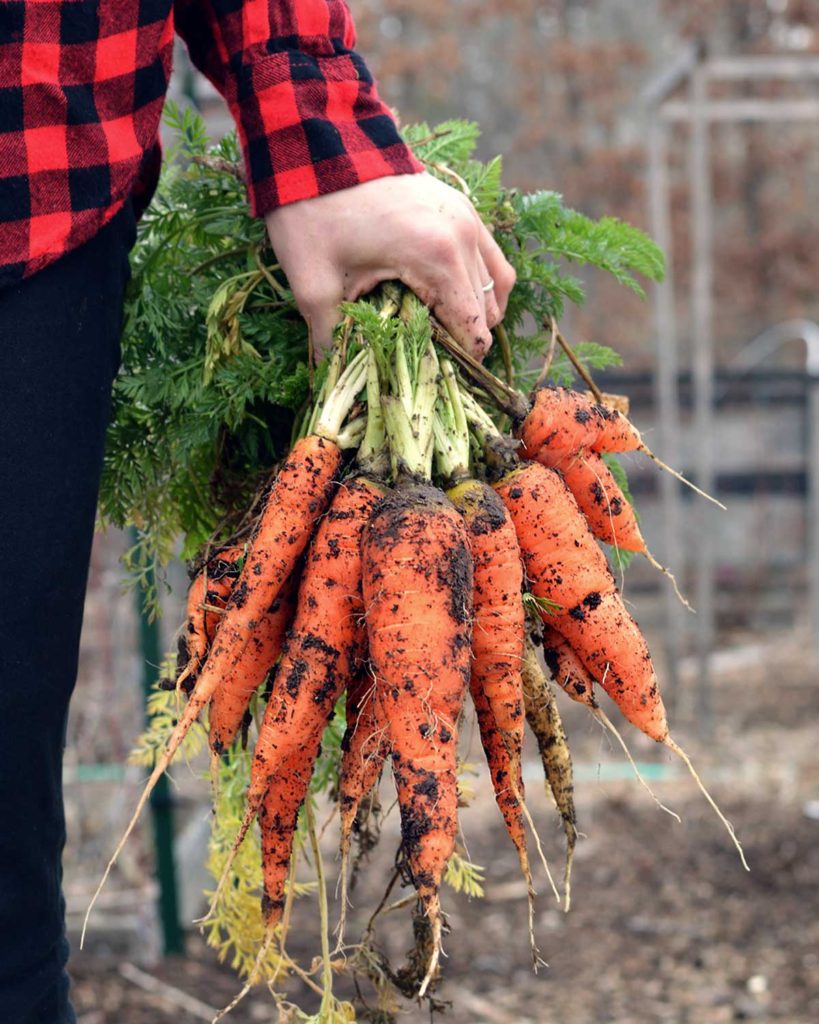I’ve had a few people reach out to me asking me how I preserve various foods. Even though I think this is definitely a personal choice, I do hope it will be helpful to see a real life version of preserving and storing up a year’s supply of food. And when I say “year’s supply of food” I am referring to vegetables in this case.

My goal is 100% vegetables preserved and stored from our garden. I’m not completely self-sufficient in any other food category…yet 🙂
In the future I plan on sharing more about how we plan and organize our preserving and growing. For now though, I will share with you my excel sheets on what we plan on putting up this year. My charts are like a shopping list of sorts. The difference is that I am shopping from my garden and I need to plan to grow enough to complete the shopping.
And something really important to note here is that the charts below are basically only for our family’s food needs during late fall, winter, and very early spring. Because of my climate (USDA zone 6b) it is roughly 180 days that experience a frost and I will need stored food.

However, there are a few food items will extend past the frost free time because we like have in the pantry like canned salsa, applesauce for baking, and some different frozen foods.
I start out by following my guide of How Much to Plant for a Year’s Supply of Food found HERE. This guide includes all your needs for year round food and enough for preserving over the winter.
When I put numbers to the charts below, it is a goal and not set in stone. The amount you harvest from a plant from year to year varies so much I could never be exact with the numbers.
To give you an example of my thought process let’s take the sweet potatoes for example. Last year I harvested 120lbs of sweet potatoes from 20 plants for an average of 6 lbs per plant. I would like to harvest 200lbs this year because we would love them and they store very well.

Based on my Year’s Supply of Food guide, I should really be growing 48 plants. If I stuck with my average of last year of 6 lbs per plant, I would have 288 lbs of sweet potatoes this year from 48 plants. That number is beyond my own personal goal and our needs because I account for both northern and southern growers in my Guide. Sweet potatoes will not produce as well in a northern climate.
Therefore, I will plant a bit less than that and do 35 plants.
When it comes to canning, freezing, fermenting and dehydrating I have a pretty good idea of what I need based on previous years and what we like to eat. I pretty much mimic what I would normally have bought in a can at the store and just make it myself.
Often people think putting up and preserving food is mostly about canning. Living on canned foods all winter could be done but I personally need much more variation in my diet than that.
In fact, the bulk of our vegetable calories comes not from the canned food but from the cold storage foods like potatoes, winter squash, carrots, onions, and turnips.

I also have been dehydrating more and more each year because the food lasts longer than canned and is nutritionally superior in comparison to canning (you can read more about that in my blog post HERE).
Some notes to understanding the charts:
- “Individual Count” is the number of vegetables or fruits I need to harvest. This does NOT mean number of plants planted.
- This isn’t my final list, I always add a few more things because I often see recipes that look good and want to try them. Occasionally I have an abundance of one vegetable and will preserve more.
- “Actual” means the actual amount I put up or harvested during the year.
- Under the dehydration category, jars counts are for the amount of food after it’s been dehydrated.
- This isn’t a representation of how we preserve every year but it is close. Because we are moving this year I am doing less fermentation than a normal year (usually I have 2 refrigerators to store these but I will be down to just one). Usually I also like to have a lot of dried beans but we are doing less this year. In year’s past I’ve included growing my own dried beans as part of my year supply of vegetables but with moving this year I am not including it.
- The “In Garden” category refers to only what will still be in the garden through winter.






I hope this is helpful for you to see. I’ll do an update at the end of 2020 and put in my actual amounts I preserved for the year!

